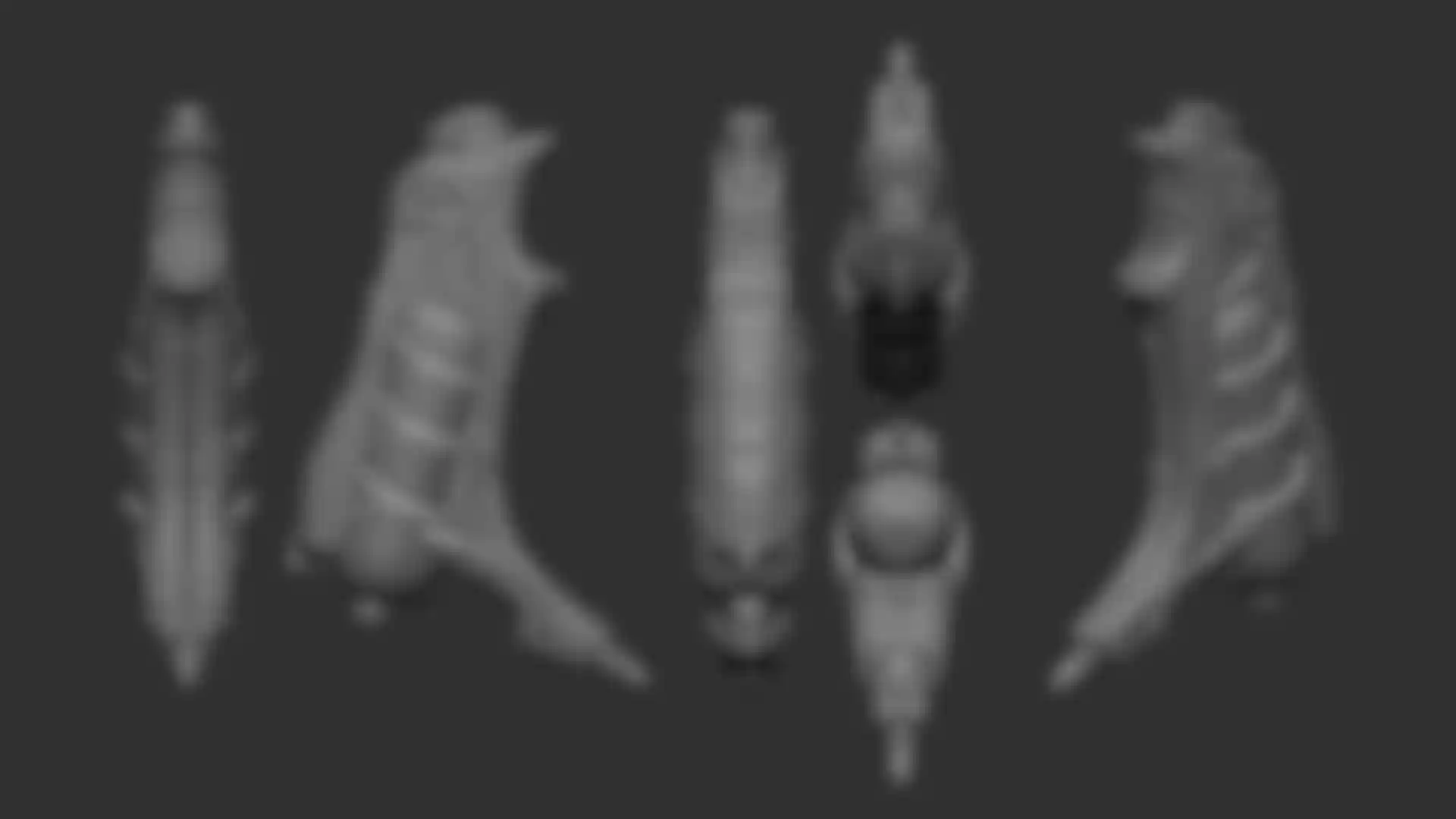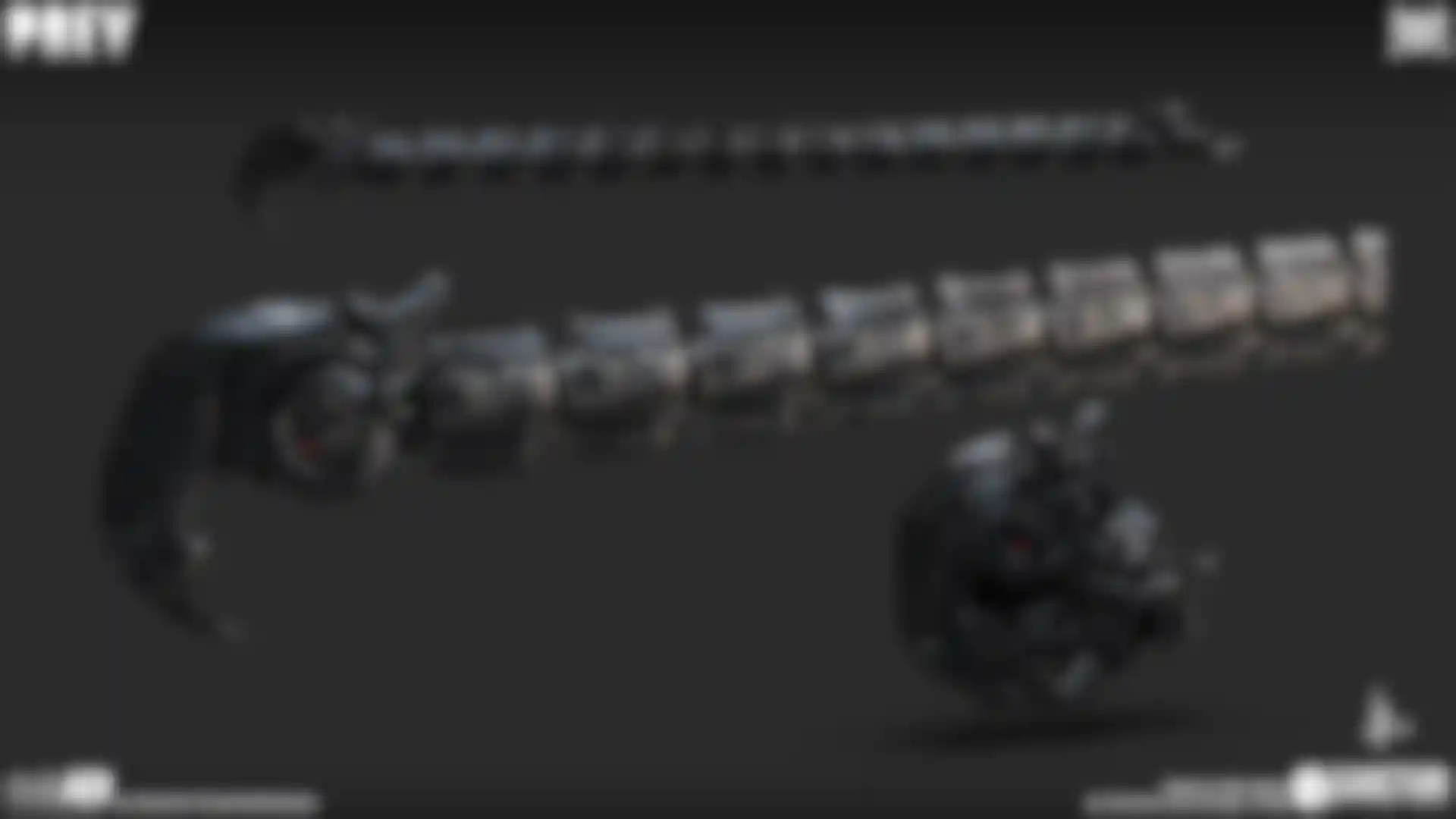
How Sanctum Studios Used ZBrush for “Prey" Sanctum Studios talks about the creation of the character and prop design, particularly the Predator mask.
A love of design and VFX inspired friends and collaborators Justin Fields and Jordan Broe to start Los Angeles-based Sanctum Studios in 2019.
A collective made up of top artists from around the world, Sanctum has worked with a wide range of high-profile clients, including Marvel Studios, DC Entertainment, 20th Century Fox, Paramount Pictures, SONY and Blizzard Entertainment.
Known particularly for their design and 3D sculpting work, Sanctum recently collaborated with studioADI on Hulu’s “Predator” prequel, “Prey.”
We talked with Sanctum about how they used ZBrush for character and prop design, particularly the Predator mask.
Can you talk a little bit about your process for “Prey.”
Fields: The outer part of the Predator’s mask was described to us as an alien skull. We didn’t really know what that would look like. When I got my hands on it, I found there was also a rough conceptual sculpt done by Michael Eppinette.
His work on the outer part of the skull was very interesting, often pulling references from undersea creature’s bone structures. At one point, we were briefed on a reference image of a hippopotamus skull!

We worked closely with the design team at studioADI, which I was once a part of, to design and build props, and we were also part of the team helping to fabricate items using 3D printing.
How did you approach the development of the new “Prey” mask?
Fields: While Michael was responsible for the skull exterior, I was responsible for the techie bits inside the mask. We took a step back and looked at the current Predator and his gear and reverse engineered it to see where it all came from.
That understanding gave us an idea of how the tools should be designed. We wanted to make it ominous and powerful against the humans of the time, but not so powerful that they didn't have a chance.
So we wanted to imply where the tech was heading, but also make clear that the predator was still working on advancing its visual capabilities. We used some custom alphas in ZBrush to build directly into the skull. Next to DynaMesh ZBrush alphas are one of my favorite features.

How did you handle the expectations of the “Predator” fanbase?
Fields: Director Dan Trachtenberg had a really good vision of where he wanted to take the “Prey” franchise. His choice to bring on Alec Gillis and Tom Woodruff Jr. through studioADI was great. Both worked on the original “Predator” films and are legends in this field, and we were lucky to work with creatives like that.
But it can be difficult to give the audience something new while honoring the past. The original changed the game for a lot of creatives, including me. We saw what was possible with effects, so the pressure was immense with this prequel.


Can you talk a little bit about how ZBrush fits into your process in general?
Fields: I’ve been working in the industry for about 11 years, starting with attending the Gnomon School of VFX. I started using ZBrush in school, but my understanding of the program really took off when I started working at a design firm.
It's been crazy to see ZBrush’s evolution and how we use it on a day-to-day basis. Initially, I used it for the hyper-realistic lighting and rendering for concept illustrations. Now it’s become a big part of our pipeline and I rely on it for everything from quick creature sculpts to character, costumes and prop designs. I’ve really fallen in love with sculpting.


What’s next for Sanctum Studios?
Fields: We’re working on Zack Snyder’s next film, “Rebel Moon,” which is going to be amazing. We also did some work on Guillermo del Toro’s “Cabinet of Curiosities” for Netflix, fabricating the creature as a 3D-printed model.

At Sanctum, I really try to replicate the experience I had with my first internship in the industry. It’s great to be around like-minded people while having fun creating things, and I would love to do more of our own internal projects.